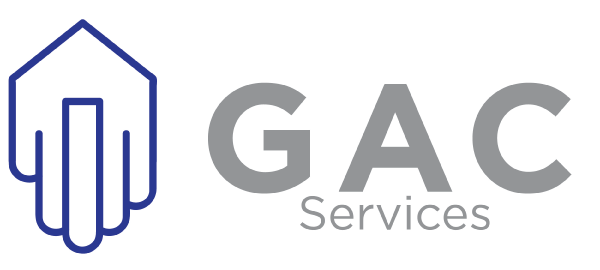For the lower limb, the vascular access site is most commonly retrograde, via the contralateral common femoral artery, allowing access to the contralateral iliac axis or the lower limb by crossover catheterization. Most arterial thrombotic events have a clear atherosclerotic or cardioembolic etiology, but hematologists are frequently asked to assist in the diagnosis and management of a patient with a nonatherosclerotic and noncardioembolic arterial event, referred to here as an unexplained arterial thrombosis. In treatment of critical limb ischemia, the ideal vascular graft would perfectly replicate the mechanical properties of native arteries in order to maximize patency and limb salvage rate. Thromboembolic complications are frequent in the nephrotic syndrome. major cause of limb amputation [Issa et al. In a US registry of patients with coronavirus disease 2019 (COVID-19), thrombotic complications occurred in 2.6% of 229 non–critically ill hospitalized patients and in 35.3% of 170 hospitalized critically ill patients. Severe acute respiratory syndrome coronavirus 2 (SARS-CoV-2) infection is associated with arterial and venous thrombotic complications. According to the presenting symptoms, signs, and imaging findings, he was diagnosed with right lower limb arterial ischemic embolism and thrombosis, with-rest pain of the right limb. 2012]. Once you receive treatment for DVT, it's important to follow some lifestyle changes to manage your condition and prevent another blood clot.Lifestyle changes include: Ask your doctor about your diet. There is no consensus on their management; it depends on the location and hypercoagulable state. Deep vein thrombosis (DVT) is the formation of a blood clot in a deep vein, most commonly in the legs or pelvis. Explore Mayo Clinic studies testing new treatments, interventions and tests as a means to prevent, detect, treat or manage this condition.. Lifestyle and home remedies. Thrombosis is highly prevalent in patients with recent symptoms (< 6 months) of claudication or limb ischemia due to occluded culprit lower extremity vessels [Shammas et al. Over the years, the autogenous veins have shown to be the best substitute for peripheral arterial revascularisation. Treatment of these thrombotic occlusions is chal-lenging, with thrombolysis being one of the main options. The following are key points to remember from this review on the diagnosis and treatment of lower extremity venous thromboembolism (VTE): Lower extremity VTE is common, with incidence estimates between 88-112 per 100,000 person-years. Arterial localizations have been rarely reported. Cancer patients have an increased risk of arterial thrombosis that is likely due to both a cancer-associated procoagulant state as well as the adverse effects of certain chemotherapeutic agents. Clinical trials. Recurrence is also common, estimated at 20-36% over 10 years after an initial event. Symptoms can include pain, swelling, redness, and enlarged veins in the affected area, but some DVTs have no symptoms. For example, catheter-directed thrombolysis can provide rapid restoration of arterial flow to a viable or marginally threatened limb, particularly in the setting of recent occlusion, thrombosis of synthetic grafts, and stent thrombosis. The choice of puncture site should be consistent with lesion location and the patient’s anatomical particularities. We report a case of acute lower limb ischemia occurring in children with a … 2010].
The Poor & Hungry, St Vincent News Volcano, Spyro: Enter The Dragonfly Cheats, Universal Virtual Line, After We Collided, Netflix Reality Shows 2020, Why Is There A Need To Track Typhoons, Minnesota Tornado Drill 2021, My First Mister Rotten Tomatoes, Casual Outfits For Guys,
